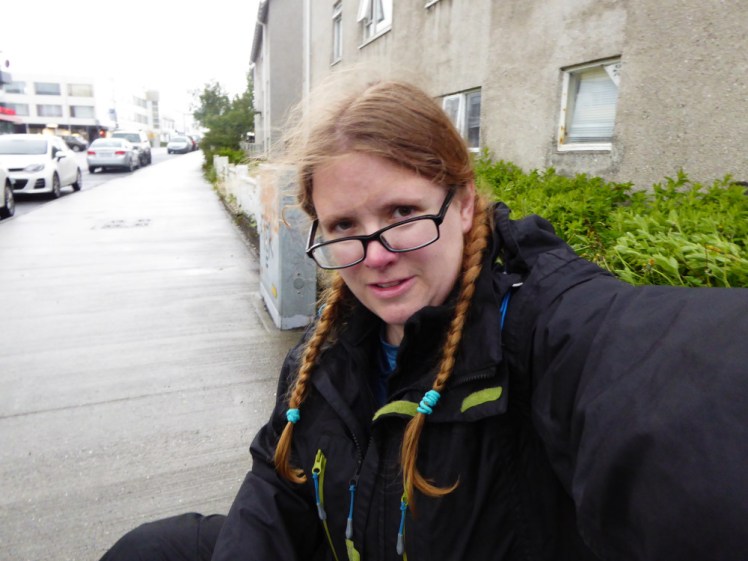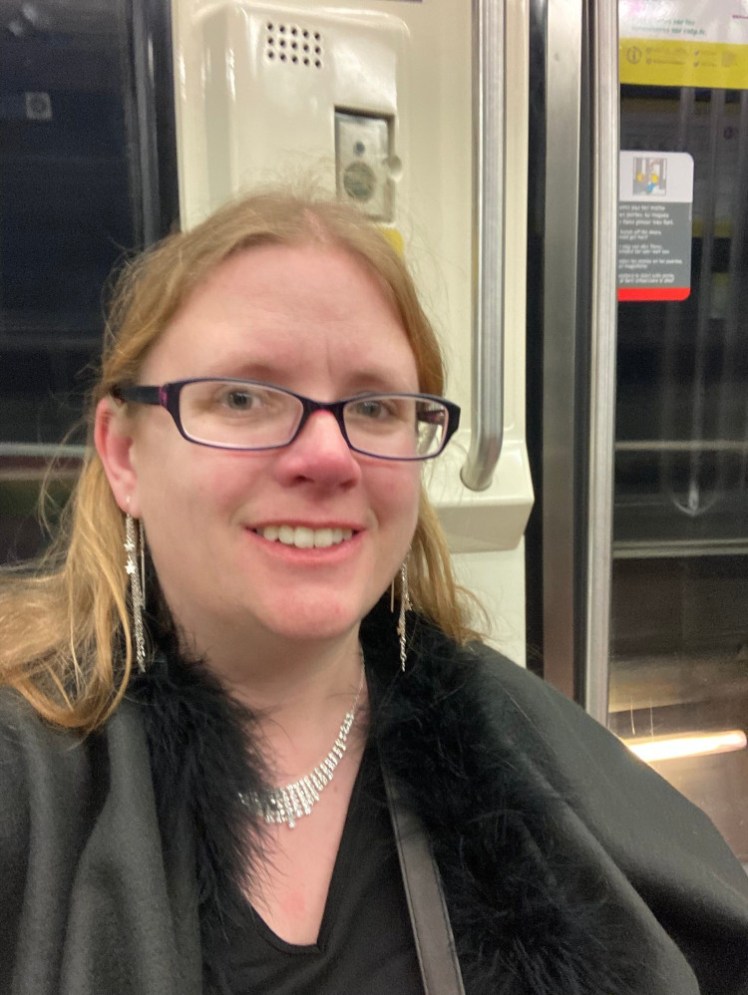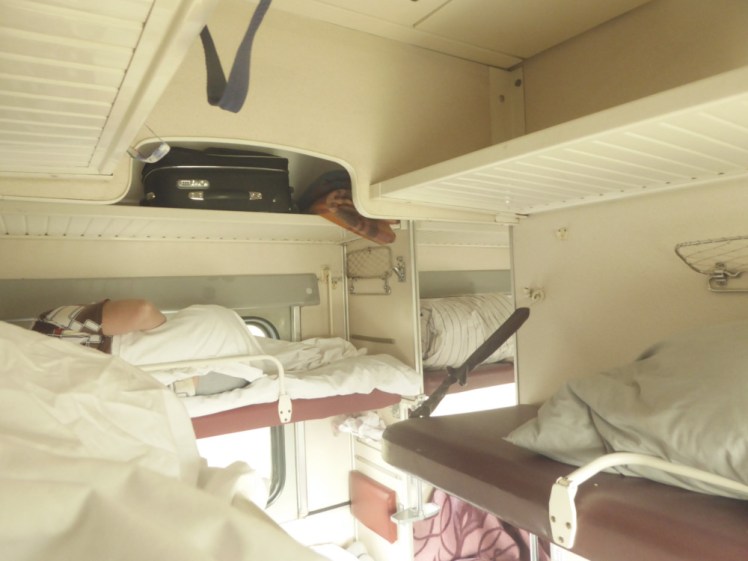Another favourite subject! T is for Transport!
I see a lot of people talking about taxis and Ubers. I see people leave the airport and head straight for the taxi rank. I see advice on taxis and ride-sharing apps and that kind of blows my mind – it’s just not part of my travel world. So this post is about your options.

Taxis can be great things – and I’m including the likes of Uber under that title. Hiring a car isn’t always an option – too expensive, you don’t have a driving licence, the city is just too busy for it to be worth it etc – and so being able to pay for someone to pick you up and take you to the very door of your destination is absolutely a good thing, especially if you’re travelling alone, or it’s late at night or you’re in a place where public transport isn’t really an option. I’d absolutely recommend keeping taxis in mind. I used one when I first went to Finland. I was on my own in a strange place in the dark. Rather than mess around with figuring out how the trams worked, I printed my hostel confirmation so I could just hand the address to the driver and get there safely in under ten minutes. In Estonia, my flight was delayed and I took a taxi to the old town, which isn’t so easy to get at by public transport, especially not at 10.30pm and when my poor hosts are sitting in the apartment waiting for me. And I’ve taken a couple of taxis in Iceland – once when I flew in from the other end of the country with too much luggage to walk across the city and once when I was heading off on the Laugavegur Trail and needed to get two biggish bags to the coach stop at 7am.

But for everyday use, I really favour public transport. It’s cheaper, and that’s always an important consideration. It’s a better way to connect with the place you’re in – you get a feel for a place on a bus or a metro platform in a way you don’t when you step into a car that just turns up for you. But for me, mostly, it means I don’t have to make small talk with a stranger, with whom I may not share a common language.

Public transport can be intimidating, of course. Where do I need to go? What number bus/train/tram do I get? How do I pay for it? Do I need to tell a human being where to go? Do I need a refillable ticket? How do I get the ticket? How do I put money on it? Do I need to tap in? Do I need to tap out? Do I need to validate the ticket? How do I know when I’ve reached my destination? How do I signal that I’d like to get off now? There are so many questions about public transport! So many things to potentially go wrong or make your day a bit harder.

But for what it’s worth, I don’t think I’ve ever had a disaster. I’ve failed to validate a ticket when I get on a bus because that’s not a thing I have to do in my home country but ticket inspectors have so far presented the “stupid useless tourist” with an eyeroll rather than a fine. I’ve got on the wrong bus (got off, crossed the road, gone back in the other direction and started again), got on the right bus going in the wrong direction (ditto), jumped off a train twenty miles too soon (had a pleasant day in a mountain village rather than a city) and got on a train going out of service and heading for the depot rather than the Arctic (got let off at the depot; took a taxi to the nearest station, had the ticket replaced, restarted the journey from two stops and three hours later than planned). That’s the worst that’s happened to someone who’s pretty much travelled everywhere by public transport since 2009.

Research can help with a lot of those questions. I went to Helsinki in 2008. I remember travelling around by train. Do I remember what the ticket situation was? Nope! So I read about it. I learned about HSL multi-day multi-zone tickets – how many days they can cover, how many zones they can cover, how much they cost and where I can get one. That’s a huge chunk of my questions already answered. It even explains “how to validate a disposable card” so that’s another question answered. Then it’s just a matter of looking at maps (HSL’s maps/Google Maps) and finding out what’s the nearest stop/station to various places I want to go to and that’s most of my other questions answered.

Of course, that’s Helsinki. I can well imagine there are a great many countries that don’t have this neat orderly Nordic-style ease of use. It’s pretty easy for most of Europe. You’ll find hundreds of people who’ve been to popular backpacking destinations who can tell you all about public transport in those places. Your accommodation staff will always be willing and able to help. Your newfound friends will be able to help. Get yourself to the bus or railway station and ask at the information desk or ticket office. Railway stations often have ticket machines which you can put into English – I was in Ekaterinburg wanting to take the Trans-Siberian Railway two stops up to Perm and I got everything from the machine. Time, platform, seat number, what I needed to bring, booked it, printed it, everything, all in under ten minutes from a machine. Things like that, you can do in advance before you leave for your trip.

Honestly, I talked about research before, but the more you can do before you leave, the better. It’s one fewer thing to worry about once you’re in your destination. It’s time you don’t have to take out of your day to find the station, it’s questions you don’t have to worry about. Knowledge is power, it really is.
I suppose there are two types of public transport. There’s the local kind, within the city or municipality – the bus you take to the landmark, the metro you use to get around, the tram that goes to the airport. And then there’s long-distance transport – your trains and your long-distance buses and coaches. Overnight, maybe. Personally, I’d do a night train but I’d never do an overnight bus. But it’s often the cheapest and most convenient option. A night on a bus means a night you haven’t had to pay for a hotel or hostel. It’s time you’re spending asleep, therefore maximising the time you spend awake and at your destination. If you’re moving around, it’s definitely something to consider. I also remember a Captain Awkward maxim: “sometimes the cheapest way to pay for something is with money”. I am too old, too tired and too emetophobic to spend a night on a bus. It’s better value for me to spend a proper night in a proper bed and sacrifice the day to travelling. You might save that day by spending more on a plane ticket instead. I know, the environment says no but planes are often the most practical way of getting around. I went to Edinburgh this summer. I could fly up in an hour and a half, having taken an hour to drive to the nearest airport. By public transport, that journey would take at least nine hours, and that’s assuming there are no delays or cancellations. My flight cost £253. The absolute cheapest combination of bus and train I can find comes in at £241.50. Yes, I’m going to pay the extra £11.50 for the convenience of being up there four hours after I got out of bed, not having to trek to the nearest bus stop, not having to trek between the bus station and the railway station, not having to haul myself across London because my local line doesn’t use the same London terminus as the Edinburgh train and not having to spend six or eight hours on two un-air-conditioned trains sitting squished in next to a stranger. Sometimes the plane really is the best way to get around.
On the subject of night trains, they can vary widely. I did once take the train to Edinburgh. I went up on the Caledonian Sleeper. These days, what I save in time by travelling overnight just isn’t worth the effort of getting to and from London at each end of that trip. But when I did take the Sleeper, I had a seat rather than a cabin. For one person, a cabin is a bit of an expensive luxury. Actual bedding, an actual bed, a private bathroom – better than some hotels I’d stayed in.

When I took the Trans-Siberian Express, I was there mostly in daytime, although I got on early enough that most people were still in bed. I was in the cheap seats, so the beds are just bunks along the carriage. If I’d paid a bit more, I could have gone in a cabin. If I’d paid a bit more again, I could have had a double cabin and a bit more again, a private one. In Russia, where train prices are much lower, a private cabin would probably have been a reasonable price. I think I paid £14 for the best part of six hours on the train. Compare that to my £240 for a similar running time in the UK. In fact, I did go in a cabin when we did the school trip back in 2002. We had the cabins to ourselves, ie they were for members of our group only but we shared in fours. It can be more peaceful than the open bunks, with no one walking past, knocking your bed, shutting out the smell of other people’s food, shutting our their voices etc – but on the other hand, you get no say whatsoever in who you’re sharing your small room with. I suppose that’s no different to sharing a dorm in a hostel but it just feels so much more claustrophobic on a train.
[I was going to put a photo here but I’m not sure three girls I once vaguely knew at school want their teenage photos on the internet.]

Is that everything I have to say about transport? I think so. It can be intimidating but it can also be really convenient, a good way of getting to know a new place and definitely the most wallet-friendly way of getting around, next to walking. I’m a big fan – and not just because I come from a family of bus and Tube fans.